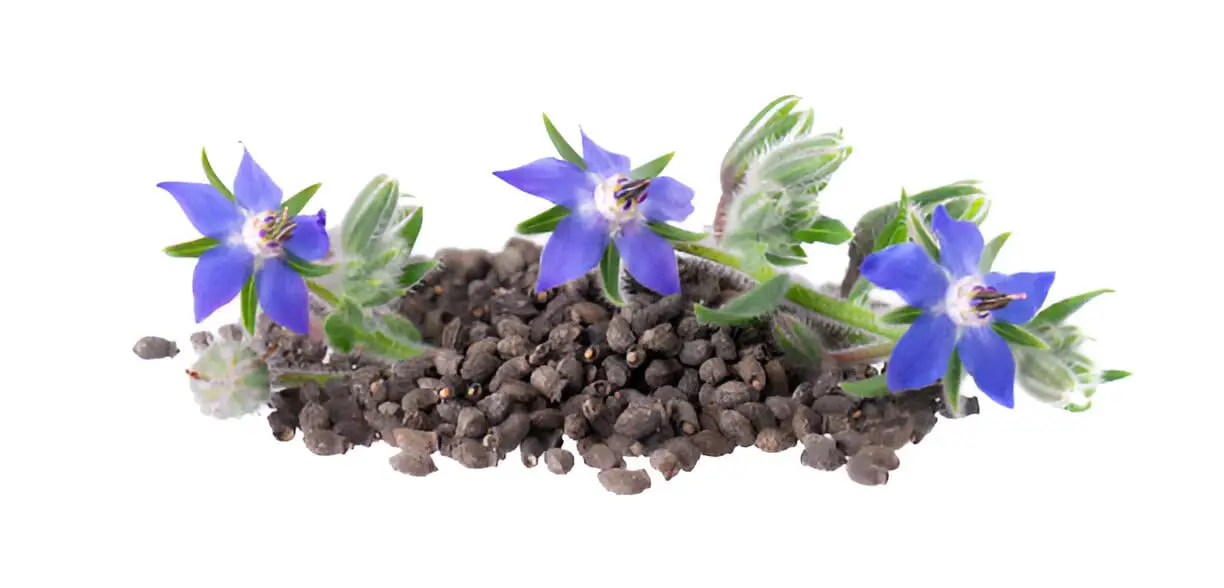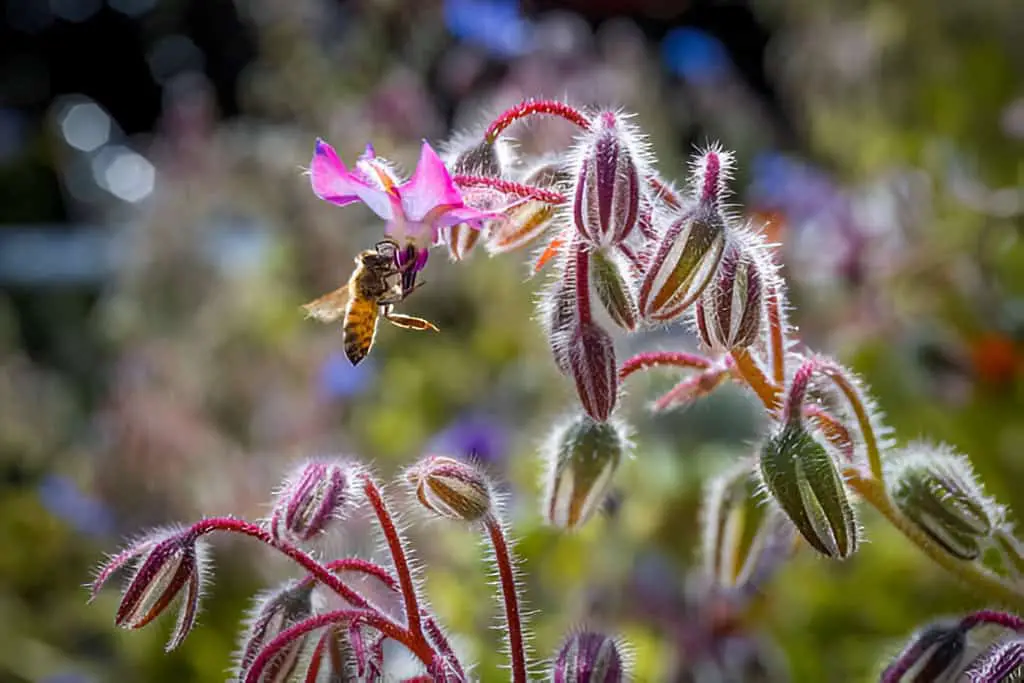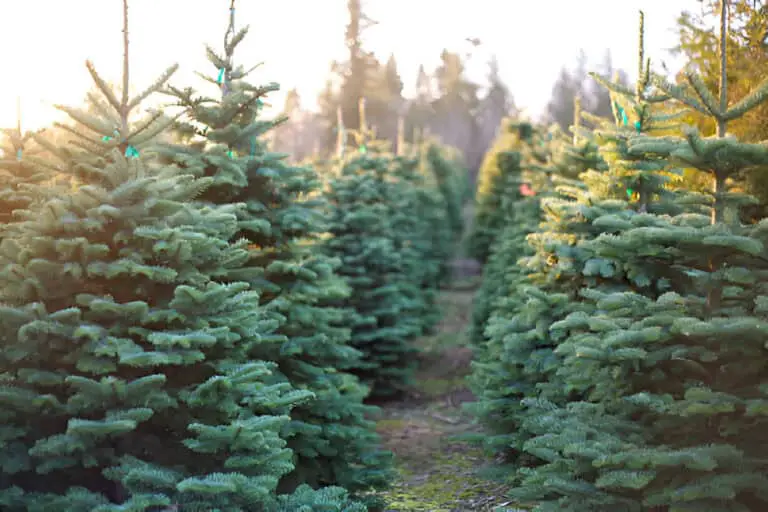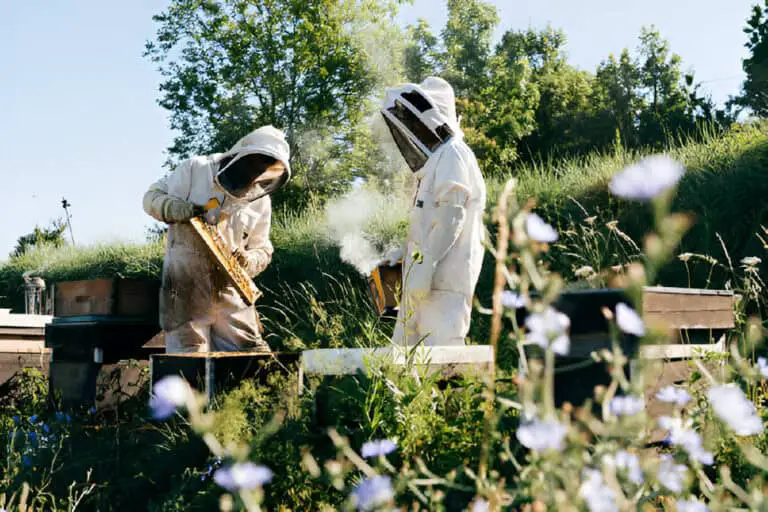When to Plant Borage Seeds in Zone 7: A Seasonal Planting Guide

Borage is a versatile and attractive herb, known for its star-shaped blue flowers and its ability to improve soil health by attracting pollinators. For gardeners in Zone 7, knowing the right time to plant borage seeds is crucial to ensuring healthy growth and abundant blooms.
Borage thrives in cool weather, making its planting season essential for its success. In Zone 7, where winters can be chilly and summers warm, timing your planting can make all the difference in how your borage performs.
Have you ever wondered when the perfect moment is to plant borage seeds in your Zone 7 garden? Planting too early or too late can impact borage seeds germination, growth, and flower production. In this guide, we’ll explore the best planting window for borage in Zone 7, as well as tips on how to care for this herb throughout the growing season.
By reading this article, you’ll learn exactly when to plant borage seeds for optimal results in your Zone 7 garden. You’ll also gain valuable insights on how to grow borage successfully and avoid common pitfalls, ensuring that you can enjoy this beneficial herb in your garden year after year.
Introduction: My First Brush with Borage

I’ll never forget the first time I planted borage in my Zone 7 garden. I was drawn to its star-shaped, blue blossoms and the promise of attracting bees like a magnet.
Little did I know, this humble herb would become a garden staple, lending not just beauty, but also a touch of whimsy to my beds. But let’s be real—timing is everything. Plant too early, and you risk frost damage; too late, and you miss out on its full potential.
So, if you’re itching to get those borage seeds in the ground, let’s dive into the best planting practices for Zone 7.
The Perfect Timing: Navigating Zone 7’s Climate
Zone 7 is a sweet spot for many plants, but you’ve got to know your seasons. Typically, this zone sees last frost dates around mid-April, with the first frost creeping back in by mid-November.
This gives us a decent window to work with, but it also means keeping a keen eye on the weather forecast—because nothing says heartbreak like a late frost nipping your borage babies in the bud.
So, when should you plant? The general rule of thumb is to sow borage seeds directly outdoors after the danger of frost has passed, usually in late April to early May. If you’re feeling impatient, you can start them indoors about four to six weeks before the last frost date, but borage has a mind of its own and tends to prefer growing right where it’s sown.
Why Plant Borage? More Than Just a Pretty Face
Before we dig deeper into the nitty-gritty, let’s pause and appreciate why borage deserves a spot in your garden. Not only does it boast those vibrant, bee-attracting blooms, but it also works wonders as a companion plant.
Borage repels pests like tomato hornworms and cabbage moths while improving the flavor of tomatoes and strawberries growing nearby. Plus, it’s edible—both the flowers and the leaves—adding a cucumber-like freshness to salads and drinks. So, planting borage isn’t just about aesthetics; it’s about creating a balanced, thriving ecosystem right in your backyard.
The Planting Process: From Seed to Sprout
Now, let’s get down to business. Borage seeds are robust little things, and they don’t need much fussing. When you’re ready to plant, find a sunny spot with well-drained soil. Borage doesn’t mind if the soil isn’t perfect—it’s quite forgiving and will even tolerate poor conditions. However, if you want to give your plants the best start, consider mixing in some compost to enrich the soil.
Sow borage seeds about a quarter to half an inch deep and space them roughly 12 inches apart. They sprout fairly quickly, usually within five to ten days, turning into lush, bushy plants that can reach up to two feet tall.
One little quirk about borage is that it has a taproot system, which means it doesn’t transplant well. So, if you’ve started seeds indoors, be gentle when moving them outside. Better yet, use biodegradable pots that can go straight into the ground without disturbing the roots. This way, you’ll avoid any transplant shock, and your borage will thank you by growing vigorously.
| Read: Should I Soak Borage Seeds Before Planting? Find Out Now! |
A Seasonal Breakdown: Timing by the Calendar
Here’s a quick seasonal breakdown for planting borage in Zone 7:
| Season | Activity | Notes |
| Early Spring | Start indoors (optional) | Use biodegradable pots to avoid root disturbance. |
| Late Spring | Direct sow outdoors | After last frost, typically late April to early May. |
| Summer | Maintain and harvest | Keep an eye on moisture; mulch to retain water. |
| Fall | Allow plants to self-seed | Borage will drop seeds, offering free plants next spring. |
Spring really is the golden time for sowing, but if you missed that window, don’t worry. Borage grows fast, and you can still sow seeds through early summer for a late-season bloom.
Just be aware that hotter temperatures can make the plant bolt quicker, leading to less foliage and more flowers. While the flowers are great for pollinators, you’ll want to strike a balance if you’re growing it for the leaves.
Caring for Your Borage: Easy Does It
The beauty of borage lies in its low-maintenance nature. Once it’s in the ground, you won’t have to babysit it. Regular watering is crucial, especially during dry spells, but avoid overwatering—soggy soil can lead to root rot. As for fertilizing, borage doesn’t demand much. A light, balanced feed at the time of planting will suffice, and you can add a side dressing of compost midway through the growing season if you feel generous.
Just keep an eye out for slugs and snails; they love the tender leaves. A sprinkle of diatomaceous earth around your plants usually does the trick.
Harvesting Tips: When and How to Enjoy Your Bounty
Harvesting borage is a breeze. For the best flavor, pick the young leaves before the plant flowers, as they can get a bit prickly and tough once the blooms appear. Flowers can be harvested at any time and used fresh or candied.
If you’re a fan of herbal teas, try drying the leaves—they make a lovely infusion that’s as soothing as it is tasty.
Letting Borage Do Its Thing: Self-Seeding Magic
One of borage’s charming traits is its ability to self-seed. If you let a few plants go to seed, you’ll likely find baby borage popping up the following spring, almost as if they decided to rejoin the party on their own terms. This can save you time and effort—no need to replant each year. However, if you want to keep things tidy or if borage starts to overstep its welcome, just pull up the seedlings or thin them out as needed.
Conclusion: Your Borage Journey Awaits
So there you have it—a roadmap to growing borage in Zone 7 that even a novice gardener can follow. Whether you’re planting for the bees, the blooms, or your taste buds, borage brings something special to the garden. By timing your planting just right and giving your borage a little TLC, you’ll enjoy this herb’s many benefits all season long. And who knows? You might just find that borage, with all its quirks and charms, becomes your garden’s new best friend.






